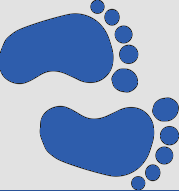By Ron | Mar 15, 2020
Books on Democracy

⭐ ⭐ ⭐ ⭐ ⭐
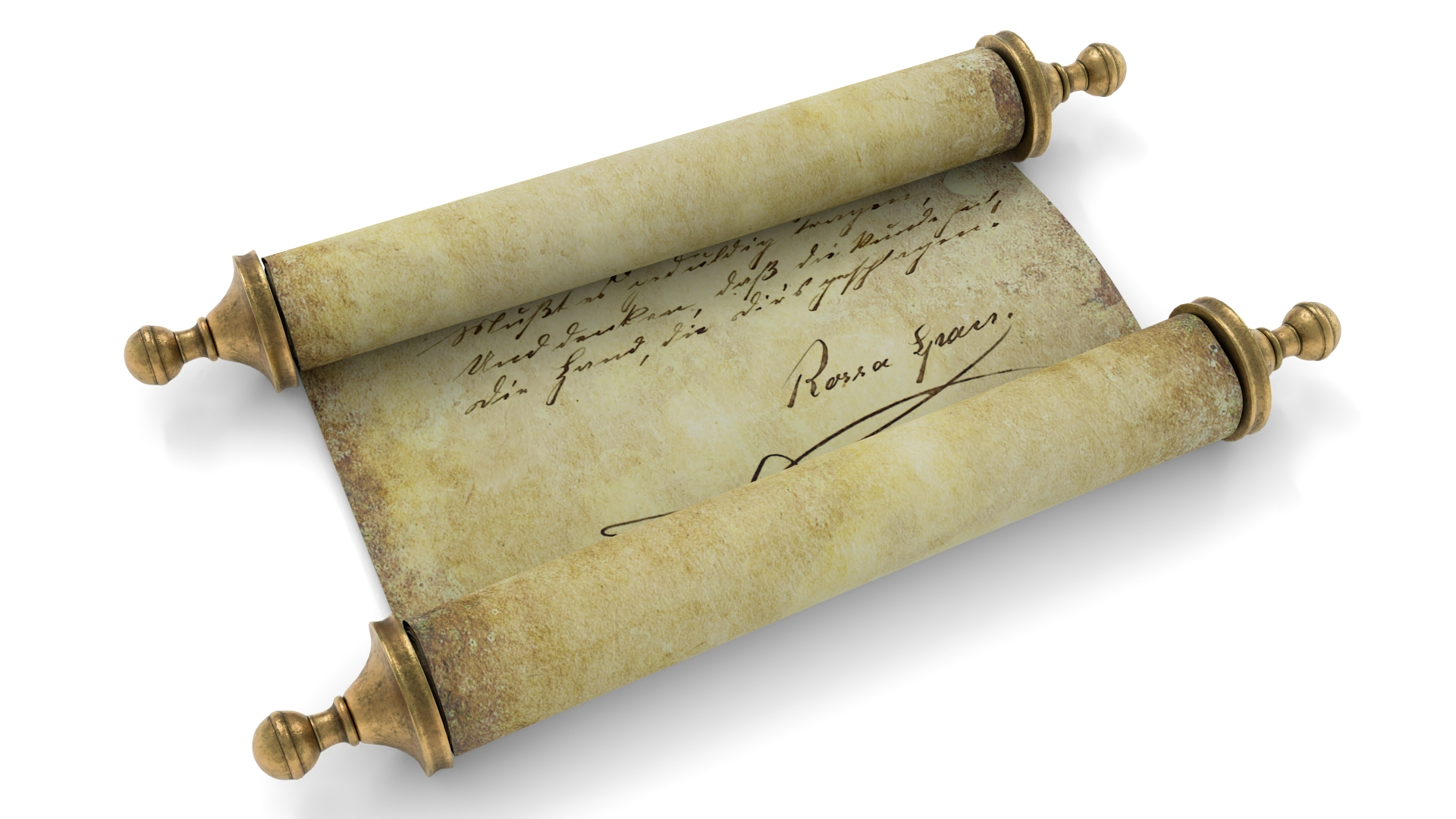
A Stream of Windows: Unsettling Reflections on Trade, Immigration, and Democracy

⭐ ⭐ ⭐ ⭐ ⭐
African Studies in Social Movements and Democracy

America at the Crossroads: Democracy, Power, and the Neoconservative Legacy
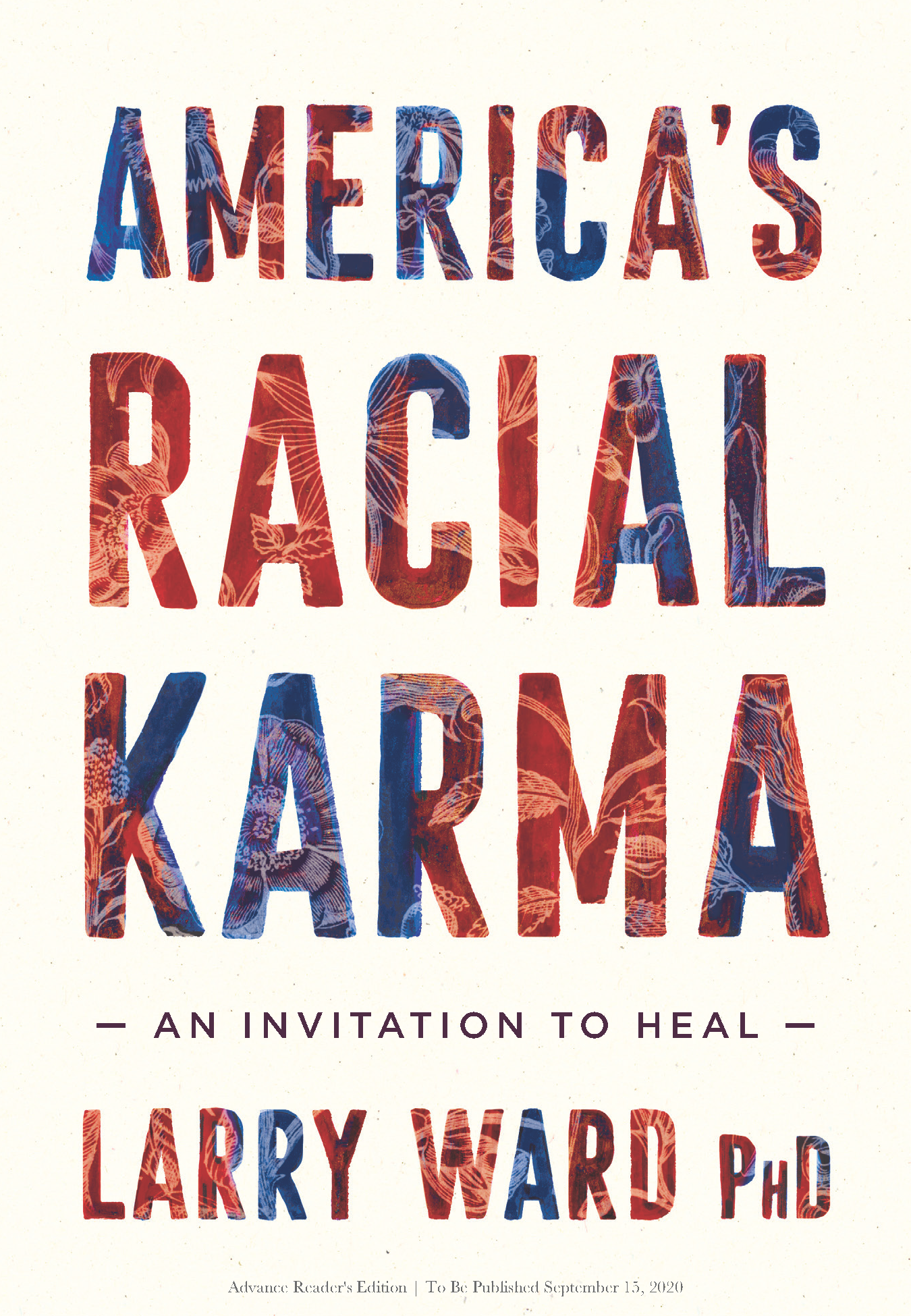
America’s Racial Karma: An Invitation to Heal
by Larry Ward
Immediate, illuminating, and hopeful: this is the key set of talks given by leading Zen Buddhist teacher Larry Ward on breaking America’s cycle of racial trauma.

An American Dilemma

Attention Deficit Democracy
by James Bovard

⭐ ⭐ ⭐ ⭐ ⭐
August 1914

⭐ ⭐ ⭐ ⭐ ⭐
Blood in the Sand

Citizen and Subject

Civility: Manners, Morals, and the Etiquette of Democracy

Corporation Nation

Cruel and Unusual

⭐ ⭐ ⭐ ⭐ ⭐
Dark Times
by Ken Coates

⭐ ⭐ ⭐ ⭐ ⭐
Defending My Enemy: American Nazis, the Skokie Case, and the Risks of Freedom
by Aryeh Neier

Democracia Y Mercado

Democracy and Development

Democracy and Economic Power: Extending the ESOP Revolution Through Binary Economics

Democracy and Populism
by John Lukacs

Democracy and the Police

⭐ ⭐ ⭐ ⭐ ⭐
Democracy in America

Democratic Realism

Dilemmas of Democracy and Dictatorship
by Michael Radu

Diminished Democracy

Empire

Escape From the Ivory Tower

⭐ ⭐ ⭐ ⭐ ⭐
Failed States: The Abuse of Power and the Assault on Democracy
by Noam Chomsky

Freedom and Time

⭐ ⭐ ⭐ ⭐ ⭐
Giving Offense: Essays on Censorship
by J.M. Coetzee

Globalizing Civil Society
by David Korten
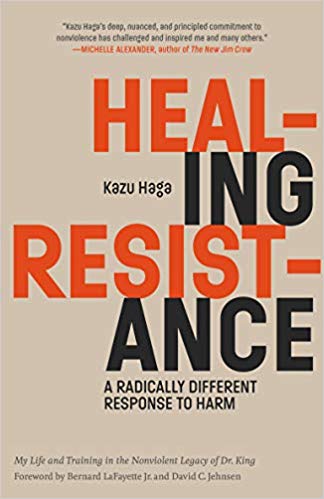
⭐ ⭐ ⭐ ⭐ ⭐
Healing Resistance: A Radically Different Response to Harm
Published January 14, 2020
by Kazu Haga
In Kingian Nonviolence, a philosophy developed out of the teachings of Martin Luther King Jr., there is a distinction made between nonviolence spelled with a hyphen, and nonviolence spelled without a hyphen. “Non-violence” is essentially two words: “without” “violence.” When spelled this way, it only describes the absence of violence. As long as I am “not being violent,” I am practicing non-violence. And that is the biggest misunderstanding of nonviolence that exists.

Hearing the Other Side: Deliberative Versus Participatory Democracy

Hidden Power

History and Illusion in Politics

Homegrown Democrat

How to Cure a Fanatic
by Amos Oz

In Defense of Anarchism

It Can Happen Here
by Joe Conason

Jacksonian Democracy in New Hampshire, 1800-1851

John Locke and the Doctrine of Majority-Rule

La Seconde Revolution Tranquille

Making Democracy Work

⭐ ⭐ ⭐ ⭐ ⭐
Necessary Illusions
by Noam Chomsky

Never Again

Never at War

New Communitarian Thinking

New Federalist Papers

On Democracy

⭐ ⭐ ⭐ ⭐ ⭐
On Liberty

Parchment, Guns, and Constitutional Order

Parliaments and Citizens in Western Europe

People Before Profit

Pericles of Athens and the Birth of Democracy
by Donald Kagan

Political Man

Politics Lost: From RFK to W: How Politicians Have Become Less Courageous and More Interested in Keeping Power Than in Doing What’s Right for America
by Joe Klein

Power Kills

Predator Nation: Corporate Criminals, Political Corruption, and the Hijacking of America

Public Choice and Public Law

⭐ ⭐ ⭐ ⭐ ⭐
Public Opinion

Religion in the Public Square
by Robert Audi

Rights vs. Public Safety After 9/11

Secret Trials and Executions

Take Back Your Government

Ten Days That Shook the World
by John Reed

Terrorism for Humanity

The Age of Reform

The American Statehouse

The Challenge of Democracy

The Dissent of the Governed

The End of Kings

⭐ ⭐ ⭐ ⭐
The European Dream

The Friendly Dictatorship

⭐ ⭐ ⭐ ⭐ ⭐
The Future of Freedom: Illiberal Democracy at Home and Abroad

The Global Third Way Debate

The Government We Deserve: Responsive Democracy and Changing Expectations

The Mainspring of Human Progress

The Master Switch
by Tim Wu

The New Golden Rule

⭐ ⭐ ⭐ ⭐ ⭐
The New Industrial State

The Open Space of Democracy

The Opinion Makers: An Insider Exposes the Truth Behind the Polls

The Paradox of American Democracy: Elites, Special Interests, and the Betrayal of Public Trust
by John Judis

The Policing of Politics in the Twentieth Century
by Mark Mazower

⭐ ⭐ ⭐ ⭐ ⭐
The Port Huron Statement
by Tom Hayden
A broad critique of the political and social system of the United States for failing to achieve international peace and economic justice. The writers took issue with the US government’s handling of the Cold War,both the existential threat of nuclear war, and the actual arms race. It also critiqued endemic racial discrimination, economic inequality, big business domination, trade union quiescence, and the cooption of political parties. It suggested a series of reforms: including the need to create genuine political parties, to attain greater democracy, to achieve more substantial involvement by workers in business management, and to enlarge the public sector with increased government welfare, including a “program against poverty.” The document advocated nonviolent civil disobedience to bring forth greater “participatory democracy.”

The Powers and Aims of Western Democracy

The Press and the Decline of Democracy

The Promise of American Life

The Public and Its Problems
by John Dewey

The Revolt of the Elites

The Road to Illegitimacy
by Mark Danner

The Russian Tradition

The Story of American Freedom
by Eric Foner

⭐ ⭐ ⭐ ⭐ ⭐
The Theory of the Leisure Class

The Third Way and Its Critics

⭐ ⭐ ⭐ ⭐ ⭐
The Tragedy of American Diplomacy

The Unknown American Revolution: The Unruly Birth of Democracy and the Struggle to Create America
by Gary B. Nash

The War State: The Cold War Origins of the Military-Industrial Complex and the Power Elite, 1945-1963

The Wheels of Commerce

V D Nabokov and the Russian Provisional Government, 1917
by V D Nabokov

⭐ ⭐ ⭐ ⭐ ⭐
War and Peace
by Leo Tolstoy

Waves of Democracy
by John Markoff

⭐ ⭐ ⭐ ⭐
We the People

Wealth and Democracy: A Political History of the American Rich

Young America

Afterword
by Howard Zinn
Zinn’s final word for his seminal book, A People’s History of the United States.

A Basic Call to Consciousness: The Hau De No Saw Nee Address to the Western World
Published Geneva, Switzerland, Autumn 1977
by Mohawk Nation
What is presented here is nothing less audacious than a cosmogony of the Industrialized World presented by the most politically powerful and independent non-Western political body surviving in North America. It is, in a way, the modern world through Pleistocene eyes.

Democracy in America

Hearing the Other Side: Deliberative Versus Participatory Democracy

New Federalist Papers

The Children of Light and the Children of Darkness: A Vindication of Democracy and a Critique of Its Traditional Defenders

The Public and Its Problems
by John Dewey

The Rise of American Democracy: Jefferson to Lincoln
by Sean Wilentz

We the People

Wealth and Democracy: A Political History of the American Rich
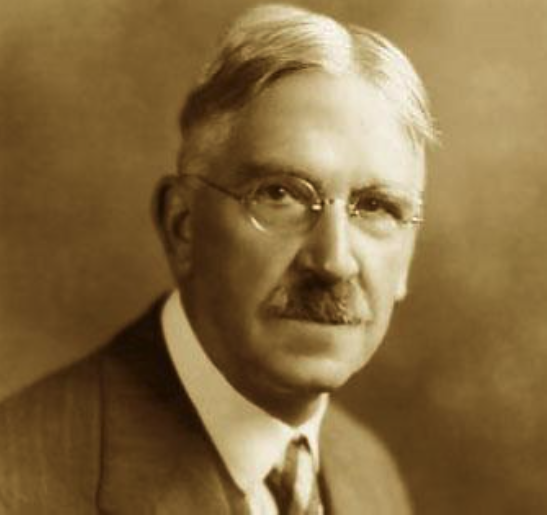
⭐ ⭐ ⭐ ⭐ ⭐
Democracy and Education
Published 1916
by John Dewey
First published in 1916, John Dewey’s Democracy and Education is regarded as the seminal work on public education by one of the most important scholars of the century. In this classic work Dewey addresses the serious challenge of providing quality public education in a democratic society. He calls for the complete renewal of public education, arguing for the fusion of vocational and contemplative studies and for the necessity of universal education for the advancement of self and society.

Diminished Democracy
Copyright (c) 2024, Ron Liskey


